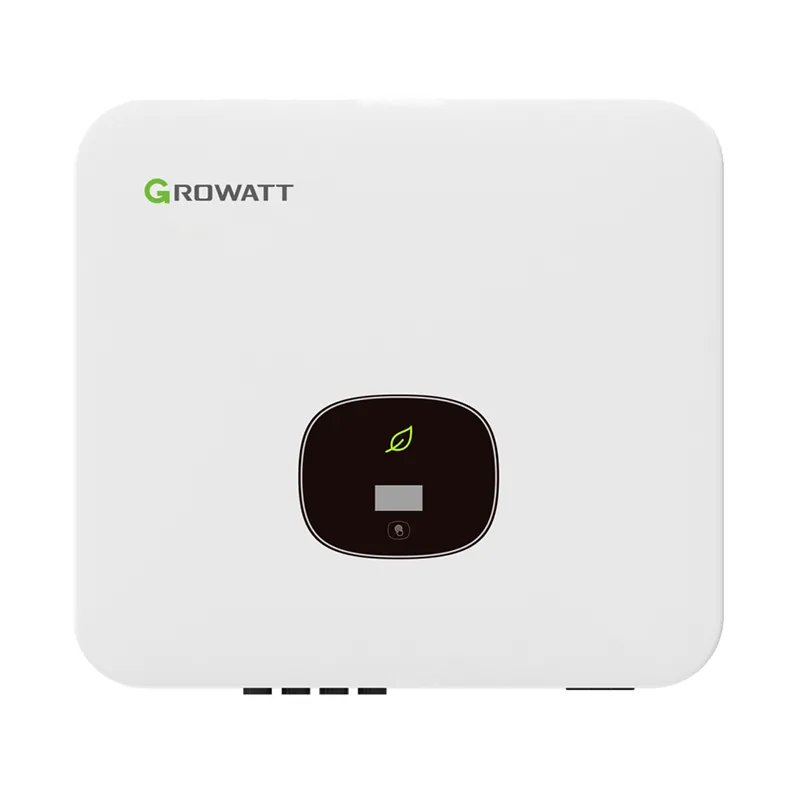Determining the Required Size of Solar Panels for Your Energy Needs
Determining the Size of Solar Panels Needed for Your Home
As the world moves towards sustainable energy solutions, solar power has emerged as a popular choice for homeowners looking to reduce their carbon footprint and energy bills. However, one of the most crucial factors in setting up a solar power system is determining the size of solar panels needed for your home. This article will explore the key considerations in calculating the number of solar panels you need and the factors that influence their size.
Understanding Energy Consumption
The first step in determining the size of solar panels required for your home is understanding your energy consumption. Your energy bills can provide a clear picture of how much electricity you use each month. On average, a typical American household consumes about 877 kWh per month, but this varies widely depending on factors such as the size of the home, the number of occupants, and the use of energy-intensive appliances.
To get a more precise figure, you can look at your electric bill over the last year. Calculate your total electricity usage in kilowatt-hours (kWh) for that period, and then find the monthly average. This number will be essential in estimating the solar panel capacity you will need.
Calculating Solar Panel Output
Once you have a clear idea of your energy consumption, the next step is to understand how much power a solar panel can generate. Solar panel output is measured in watts, and most residential solar panels have a capacity ranging from 250 to 400 watts each. On average, a standard solar panel can produce about 300 watts of power under ideal conditions. However, this output can vary significantly based on factors like location, orientation, shading, and the time of year.
To estimate how much energy a panel will produce, use the following formula
\[ \text{Daily Energy Production} = \text{Panel Wattage} \times \text{Peak Sun Hours} \]
Peak sun hours refer to the hours during the day when sunlight intensity is sufficient for solar panels to operate at their maximum efficiency, typically ranging from 4 to 7 hours depending on geographical location and season.
solar panel size needed

Calculating the Number of Panels Needed
With your monthly energy consumption and the expected output from your solar panels, you can determine the number of panels needed. The calculation is straightforward
1. Convert your monthly energy usage to daily usage by dividing by 30. 2. Calculate the total daily energy production needed from the solar panels. 3. Divide this number by the daily output of a single panel.
For example, if your monthly energy usage is 900 kWh, your daily usage would be 30 kWh. If each solar panel produces 1.5 kWh daily (300 watts with an average of 5 peak sun hours), you would need
\[ \text{Number of Panels} = \frac{30 \text{ kWh}}{1.5 \text{ kWh/panel}} = 20 \text{ panels} \]
Factors Influencing Solar Panel Size
Several factors can influence the number and size of solar panels needed
1. Location Areas with more sunlight will produce more energy, allowing fewer panels to meet your needs. 2. Roof Space The size and orientation of your roof will determine how many panels you can install; South-facing roofs typically receive the most sunlight. 3. Energy Efficiency Improving your home’s energy efficiency can reduce your energy consumption, leading to fewer panels needed. 4. Inverter Capacity The inverter converts the DC power generated by the panels into AC power for home use, and its capacity will influence how many panels can be effectively used.
Conclusion
Calculating the size of solar panels needed for your home requires understanding your energy consumption and the production capabilities of the panels. By accounting for various factors, including location, roof space, and energy efficiency, you can accurately size your solar energy system to ensure optimal performance and return on investment. With careful planning and consideration, solar energy can be a powerful tool in achieving energy independence and sustainability.
-
Navigating Off Grid Solar Inverter: From Use Cases to Trusted PartnersNewsAug.05,2025
-
Solar Edge String Inverter: A Wholesaler’s Guide to Inverter Technology SelectionNewsAug.05,2025
-
Microinverters: Revolutionizing Solar Energy UseNewsAug.05,2025
-
Future of Monocrystalline Solar Panel Efficiency: Latest Technological AdvancesNewsAug.05,2025
-
Solar Panels for House: A Complete Guide to Residential Solar EnergyNewsAug.05,2025
-
Panel Bifacial Performance in Snow and Low-Light ConditionsNewsAug.05,2025







